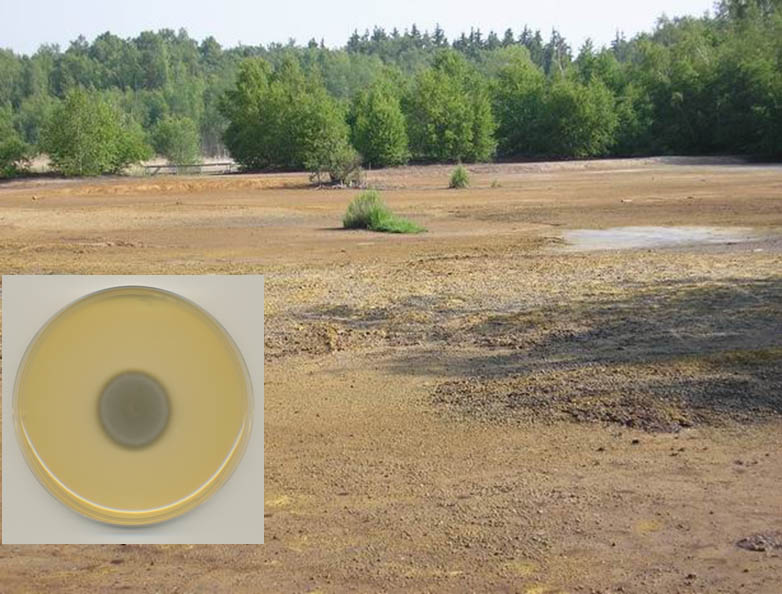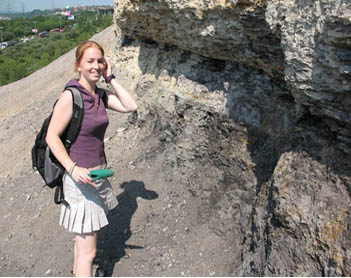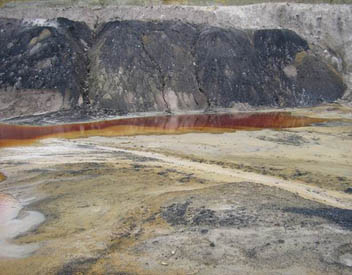Web design by Martin Kostovcik, 2010
Improving determinations tools in Aspergillus
Novel taxa adapted to specific habitats of extreme acid and saline soils
Recently, the interest in studying extreme environments has increased. These habitats may accommodate new species, which may be used as unique sources of enzymes or secondary metabolites of biotechnological or pharmaceutical potential. Moreover, some of these undiscovered species could have the potential to remediate contaminated sites.
Soils with pH 0-3 and high salinity are uncommon and rarely studied and their host acidophilous fungi uniquely adapted to this extreme environment. We collaborate with M. Hujslová and A. Kubátová (Dept. of Botany, UK in Prague) on taxonomical and physiological characterization of fungal isolates obtained from highly acid (pH 0-3) and saline soils in the Czech Republic. Molecular taxonomic methods revealed number of novel taxa with unique phylogenetical position. Fungi with growing optimum in lover pH but almost not growing in neutral pH are known as acidophilous and only two species of them are known so far. We are preparing description of new acidophilic fungus together with other acidotolerant taxa. Studied locations from Czech Republic showed highly specific spectrum of fungi, similar to other extreme soils worldwide but unknown from other soil types.


A accumulated mineral soils and sulphuric acid, occurring as a pyrite oxidation product formed acid and saline soils in Natural Reserve Soos in Czech Republic. The most extreme plot even lack vegetation cover and host number of mostly undescribed fungi. Presented is colony of Acidomcyces acidophilus growing on medium of pH 1.
Martina Hujslová (Charles Univ., Prague) on locality Cihelna v Bažantnici in Prague. The sulphuric pyrite associated with coal deposites caused low pH of soils in this man made habitats.
Caoline mines uncovering deposites of pyrite rich brown coal are microhabitats for acidotolerant fungi.















